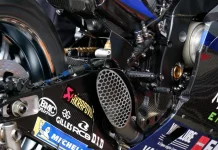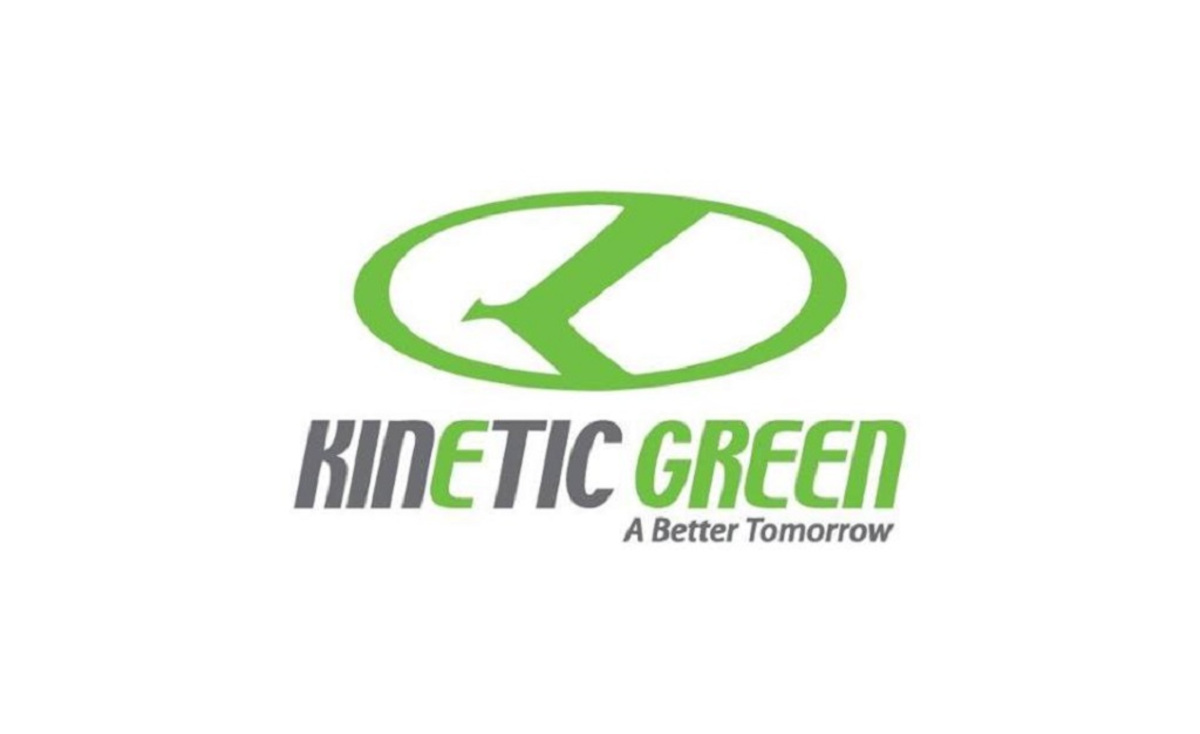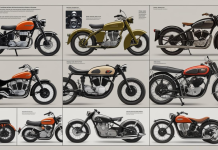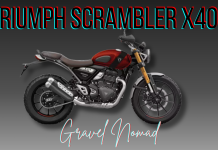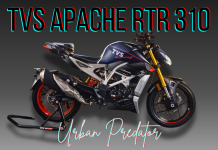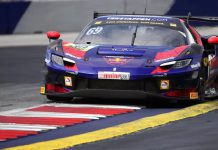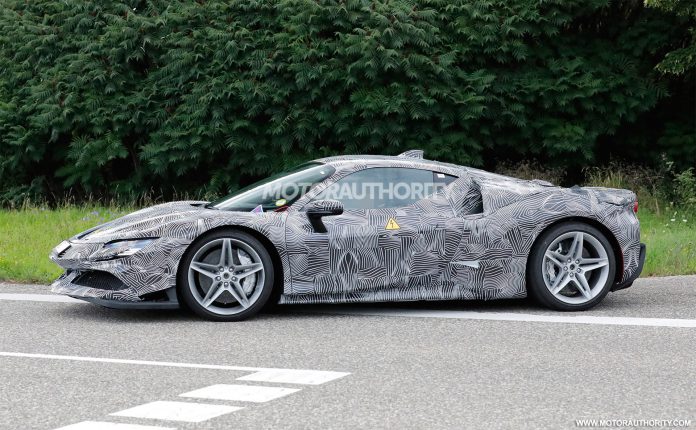Ferrari is back at it again, developing a successor to their iconic SF90. Recent spy shots have given us a sneak peek into what we can expect from this highly anticipated supercar. With significant design updates and advanced hybrid technology, the SF90 successor promises to set new standards in the world of high-performance vehicles. Let’s dive into all the details we’ve gathered so far.
Ferrari’s Next Big Thing: The SF90 Successor
Ferrari never rests on its laurels, and the development of the SF90 successor is a testament to that. This new model is poised to carry forward the legacy of the SF90 while incorporating cutting-edge technology and design enhancements. From longer front overhangs to a taller rear end, every aspect of the new car hints at improved performance and aesthetics.
Spy Shots Reveal Design Overhaul
The latest spy shots of the SF90 successor reveal a car that’s not just an evolution but a revolution in design. The prototypes show a longer front overhang and a taller rear end, giving it a wedge-shaped profile that echoes the smaller 296 GTB. This design choice not only enhances aerodynamics but also gives the car a more aggressive stance.
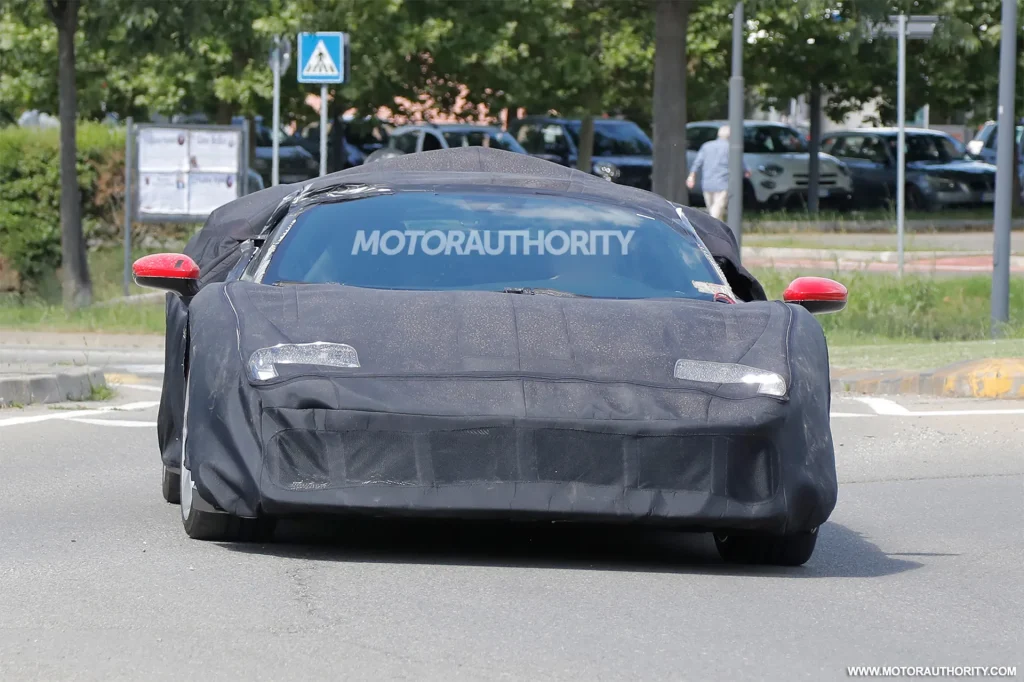
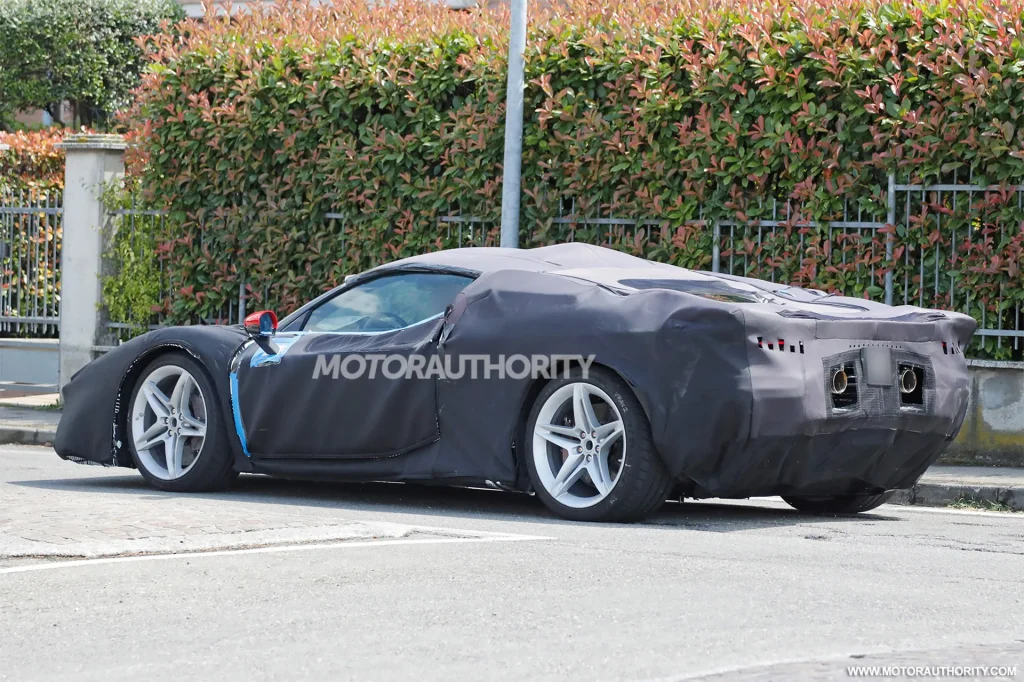

A Nod to the 296 GTB
The similarities with the 296 GTB don’t end with the profile. The taillights of the SF90 successor also resemble those of the 296 GTB, moving away from the square-shaped rings of the SF90. This change adds a touch of modernity and aligns the new model with Ferrari’s current design language.
Redesigned Rear Fenders
One of the significant design changes is in the rear fenders. These have been modified to accommodate new designs for the side intakes and house revised suspension geometry. Specifically, there are new mounting points for the rear dampers, suggesting a focus on improving handling and stability.
Hybrid Powertrain: The Future of Ferrari
Ferrari is no stranger to hybrid technology, and the SF90 successor will continue this trend. The prototypes spotted come with yellow warning stickers, confirming the presence of a hybrid powertrain. This is likely an updated version of the V-8 plug-in hybrid setup found in the SF90.
Powerhouse Under the Hood
The current SF90 features a twin-turbocharged 4.0-liter V-8 engine paired with an 8-speed dual-clutch automatic transmission and three electric motors. This setup delivers a combined 986 hp in the SF90 Stradale and 1,016 hp in the SF90 XX. We can expect the SF90 successor to offer similar, if not greater, power outputs, ensuring it remains at the pinnacle of performance.
A Multi-Material Platform
The platform for the new model is expected to be an evolution of the one used in the SF90. This multi-material design includes carbon fiber, various alloys, and aluminum to help keep the weight down while maintaining structural integrity. This approach not only improves performance but also enhances fuel efficiency and reduces emissions.
Launch Timeline and Expectations
Ferrari typically follows a five-year lifecycle for its models, with a hardcore variant known as Versione Speciale (Italian for “Special Version”) launching in the final year. The SF90 debuted in 2019, and with the hardcore SF90 XX variant introduced last year, the timing suggests the SF90 successor will bow in early 2025. However, a late 2024 reveal is also possible.
What to Expect at Launch
When the SF90 successor finally hits the market, we can expect a car that not only builds on the legacy of the SF90 but also sets new benchmarks in performance, technology, and design. Ferrari enthusiasts and automotive experts alike are eagerly awaiting this new model, and it promises to be worth the wait.
The Evolution of Ferrari’s Hybrid Supercars
Ferrari’s journey into hybrid technology began with the LaFerrari, and it has only progressed since then. The SF90 Stradale was a significant milestone, combining traditional Ferrari performance with cutting-edge hybrid technology. The SF90 successor is set to take this to the next level.
The LaFerrari Legacy
The LaFerrari was Ferrari’s first foray into hybrid technology, featuring a V12 engine paired with an electric motor. It set the stage for future hybrid models, showcasing Ferrari’s ability to blend performance with innovation.
The SF90 Stradale Breakthrough
The SF90 Stradale was a game-changer, being Ferrari’s first plug-in hybrid supercar. With nearly 1,000 hp on tap, it demonstrated that hybrid technology could deliver uncompromised performance. The successor to the SF90 is expected to push these boundaries even further.
Advanced Aerodynamics and Design
Ferrari’s commitment to aerodynamics is evident in every model they produce, and the SF90 successor is no different. The longer front overhang and taller rear end are not just design choices but functional elements aimed at improving the car’s aerodynamic efficiency.
Functional Design Elements
The wedge-shaped profile of the SF90 successor isn’t just for looks. This design improves airflow over the car, reducing drag and increasing downforce. The redesigned rear fenders and side intakes further enhance aerodynamic performance, ensuring the car remains stable at high speeds.
Lightweight Materials
Using lightweight materials like carbon fiber and aluminum is crucial for high-performance vehicles. These materials help reduce the car’s overall weight, improving acceleration, handling, and fuel efficiency. The SF90 successor is expected to use a similar multi-material approach as the SF90, ensuring it stays at the forefront of performance and efficiency.
Cutting-Edge Technology
Ferrari has always been at the forefront of automotive technology, and the SF90 successor will be no exception. From advanced hybrid powertrains to state-of-the-art aerodynamics, this new model will feature the latest innovations from Maranello.
Hybrid Powertrain Advancements
The hybrid powertrain in the SF90 successor is expected to be an evolution of the setup found in the SF90. This includes improvements in battery technology, electric motor efficiency, and overall power output. These advancements will ensure the new model delivers unparalleled performance while maintaining Ferrari’s commitment to sustainability.
Advanced Suspension Systems
The revised suspension geometry, including new mounting points for the rear dampers, indicates that Ferrari is focusing on improving the car’s handling and ride quality. These changes will likely result in a more responsive and comfortable driving experience, both on the track and on the road.
Ferrari’s Future: Embracing Hybrid Technology
Ferrari’s commitment to hybrid technology is evident in their recent models, and the SF90 successor is set to continue this trend. As emissions regulations become stricter and the automotive industry shifts towards electrification, Ferrari is poised to lead the charge with their innovative hybrid supercars.
The Shift Towards Electrification
The automotive industry is undergoing a significant transformation, with an increasing focus on electrification. Ferrari’s embrace of hybrid technology is a strategic move to stay ahead of the curve while maintaining their reputation for high-performance vehicles.
Balancing Performance and Sustainability
Ferrari’s hybrid models, including the SF90 and its successor, demonstrate that it’s possible to balance performance and sustainability. By combining traditional internal combustion engines with electric motors, Ferrari is able to reduce emissions and improve fuel efficiency without compromising on performance.
Conclusion: The Future of Ferrari Supercars
The development of the SF90 successor marks an exciting chapter in Ferrari’s history. With significant design updates, advanced hybrid technology, and a commitment to performance, this new model is set to redefine what we expect from a supercar. Whether you’re a die-hard Ferrari fan or an automotive enthusiast, the SF90 successor promises to be a game-changer in the world of high-performance vehicles. Stay tuned for more updates as we get closer to its official reveal.

